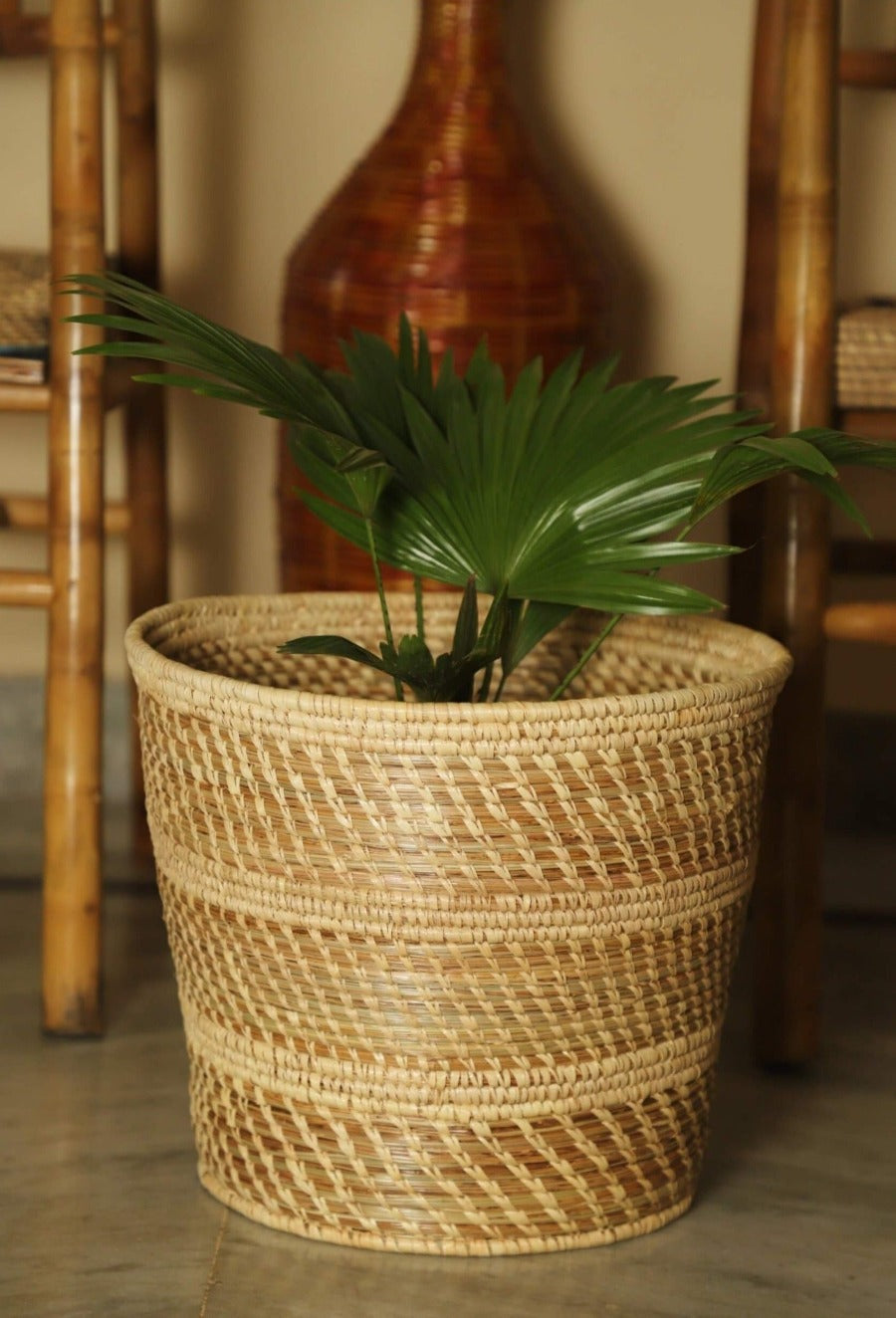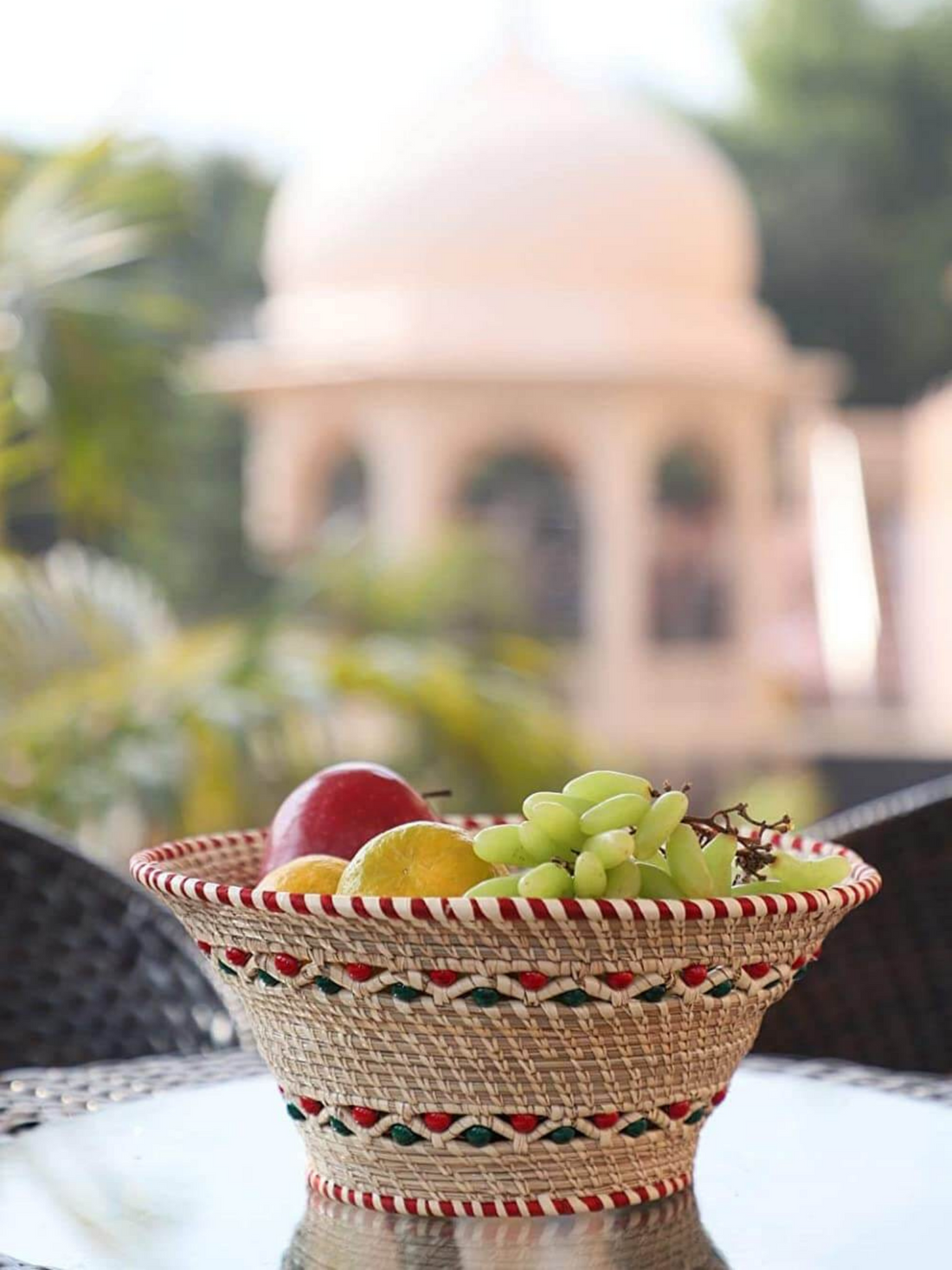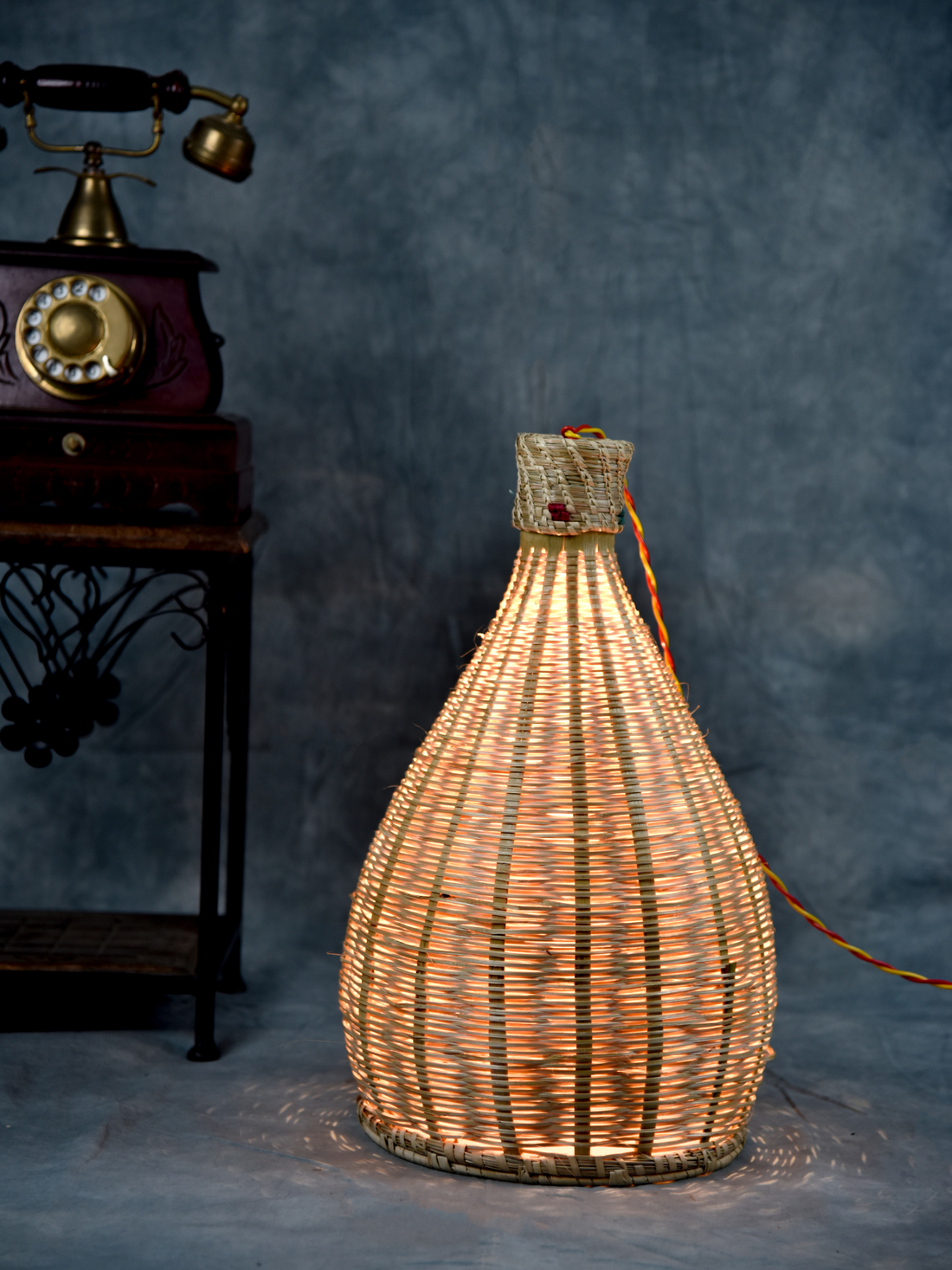
Updates
How Hand Block Printing Keeps India’s Heritage Alive
How Hand Block Printing Keeps India’s Heritage Alive
Hand block printing remains one of India’s most enduring textile traditions. It blends artistic skill, regional culture, and sustainable practices. In a world of fast fashion, this handcrafted process offers authenticity, human creativity, and environmental responsibility. Each block-stamped motif carries years of heritage and reflects the dedication of artisans who continue this craft today. As consumers embrace slow fashion, Hand Block Printing gains new relevance for its timeless designs, ethical production methods, and cultural depth.
The Timeless Beauty of Hand Block Printing
Hand Block Printing stands out for its handcrafted precision and its ability to tell stories through motifs. The craft uses carved wooden blocks to transfer designs onto fabric. These motifs feel more organic because artisans stamp each impression by hand. Small variations add depth and individuality that machine prints cannot achieve.
What Makes Hand Block Printing Unique
-
Each piece carries the touch of an artisan.
-
Designs follow traditional symbolism rooted in Indian culture.
-
Natural dyes result in earthy tones and breathable fabrics.
Why Handmade Patterns Feel Artistic
Human hands create slight irregularities that make the fabric come alive. These imperfections enhance the charm and authenticity of traditional block printing.
Handmade vs Machine Prints
Handmade prints offer:
-
Depth
-
Texture
-
Richer color saturation
-
Longer-lasting impressions
Machine printing often produces uniform but flat designs. In contrast, block printing feels warmer, more personal, and closer to nature.
A Journey Through Time — The History of Hand Block Printing in India
The history of hand block printing spans thousands of years. Early evidence from the Indus Valley Civilization shows dyed cotton fragments and primitive printing techniques. Over time, the craft grew in sophistication across western India.
Origin in Rajasthan & Gujarat
Regions such as Bagru, Sanganer, and Ajrakhpur became major centers. Rivers in these areas provided ideal water quality for natural dyeing.
Influence of Ancient Trade Routes
Indian printed cottons traveled through the Silk Route to the Middle East, Africa, and Europe. Global merchants valued Indian prints for their durability and vibrant colors.
Mughal Patronage
Mughal rulers supported textile artisans, encouraging floral, paisley, and geometric designs. This era shaped many motifs seen in modern prints.
Craft Clusters of Excellence
-
Bagru – Mud-resist and natural dyeing tradition
-
Sanganer – Fine outlines and floral detailing
-
Ajrakhpur – Double-sided geometric stamping using natural dyes
Evolution of Wooden Blocks
Artisans carved blocks from teak or sheesham wood. Techniques evolved from simple shapes to intricate detailing that could take weeks to complete.
The Craft Behind the Art — Understanding the Block Printing Process
The block printing process blends creativity with precision. Each stage demands experience and attention to detail.
Designing & Carving the Wooden Blocks
Artisans sketch motifs inspired by nature, mythology, or geometry. They then carve these patterns into wooden block printing tools. Every block contains deep grooves that help hold dye. These carvings often symbolize prosperity, fertility, balance, or protection.
Preparing Natural Fabrics & Dyes
Artisans wash cotton, mulmul, or linen to remove starch. Natural dyes like indigo, turmeric, madder root, and pomegranate skins create earthy color palettes.
The Hand Block Printing Technique
-
Artisans dip blocks into dye trays.
-
They align the block carefully on the fabric.
-
They press firmly to transfer the print.
-
Multi-color designs require multiple blocks.
Years of experience allow artisans to maintain alignment, rhythm, and accuracy across long fabric lengths.
Why Hand Block Printing Still Matters Today
Block printing remains essential for cultural and environmental reasons.
Preservation of Ancient Craft Skills
Blocking techniques passed through generations ensure that this heritage remains part of India’s future. Artisans keep India’s heritage alive.
Cultural Storytelling
Each motif carries symbolic meaning. Floral vines represent prosperity, geometric shapes symbolize balance, and certain patterns celebrate protection or festivals.
Preserves Artistic Identity
Hand block printing in India protects cultural identity. Many motifs came from ancient folk stories, temple sculptures, and daily village life. By practicing artisanal block printing, artisans keep these narratives alive.
Eco-Friendly Production
Traditional block printing uses natural ingredients and minimal machinery. This reduces waste and supports low-impact fashion. Natural dyeing and slow production create fabrics that respect both artisans and ecosystems.
Rising Global Demand
International designers appreciate handcrafted textiles, increasing demand for artisanal block printing worldwide.
Regional Styles That Keep the Tradition Alive
Bagru Block Printing
-
Mud-resist technique
-
Use of black and deep red tones
-
Rustic motifs with natural dyes
Sanganeri Block Printing
-
Fine floral patterns
-
Soft pastel colors
-
Known for intricate outlines
Ajrakh Block Printing
-
Ancient 14-step process
-
Double-sided stamping
-
Use of indigo and madder
Bagh, Kalamkari & Other Styles
Different regions add unique cultural expressions through local stories and motifs.
Hand Block Printing in Modern Fashion
Designers and consumers celebrate the revival of block printing in contemporary fashion.
Why Consumers Choose Handcrafted Prints
-
Long-lasting dyes
-
Unique patterns
-
Softer fabric feel
-
Cultural relevance
Popular Block-Printed Clothing
-
Hand block printed sarees and suits
-
Dupattas
-
Kurta sets
-
Everyday dresses
These pieces blend heritage with modern style.
How Hand Block Printing Supports Sustainable & Ethical Fashion
Block printing does more than decorate fabric—it preserves centuries of Indian wisdom. ture.
Supports Rural Artisan Communities
The craft provides steady income to rural families, especially women artisans. The craft sustains families across Rajasthan, Gujarat, Madhya Pradesh, and Andhra Pradesh. Artisan clusters rely on block printing as a primary livelihood. Industry reports by the Ministry of Textiles confirm India’s handcrafted textile sector employs millions and strengthens rural economies.
Eco-Friendly Materials
Natural dyes reduce chemical pollution and fabric remains skin-friendly.
Lower Carbon Footprint
Since the process uses manual labor and sunlight, it produces less carbon than industrial printing.
As the world moves toward green fashion, interest in hand block prints continues to rise.
Why Choose Saantha for Authentic Hand Block Printed Clothing
Saantha celebrates handcrafted textiles by working directly with artisans and tribal groups across India, and preserves authentic hand block printing in India. We support traditional block printing through:
-
Genuine hand-carved wooden blocks
-
Ethical and fair-trade artisan partnerships
-
Sustainable fabrics and natural dyes
-
Minimal-waste production methods
-
Exclusive designs unavailable in mass-market stores
Our collection includes:
-
Hand block printed sarees
-
Hand block printed suits
-
Dupattas
-
Dresses
-
Everyday clothing with thoughtful detailing
When you choose Saantha, you support India's heritage and empower artisans who keep this craft alive. Each piece reflects craftsmanship, culture, and care.
Conclusion — Keeping India’s Heritage Alive, One Block at a Time
Hand Block Printing safeguards India’s craft legacy. Its handcrafted technique, artistic symbolism, and sustainable nature make it an essential part of textile history. Choosing block-printed clothing supports artisans and keeps cultural stories alive. By wearing handcrafted textiles, we help protect India’s heritage for future generations.
FAQs
What makes hand block printing special?
It offers handcrafted patterns, natural dyes, and human artistry.
How is traditional block printing done?
Artisans carve wooden blocks, prepare fabric, mix dyes, and stamp motifs by hand.
Is hand block printed fabric sustainable?
Yes. It uses natural dyes and low-energy methods.
Which regions in India are famous for block printing?
Bagru, Sanganer, Ajrakhpur, Bagh, and parts of Andhra Pradesh.
How do I care for hand block printed clothing?
Use mild detergent, wash separately, and dry in shade to preserve colors.






